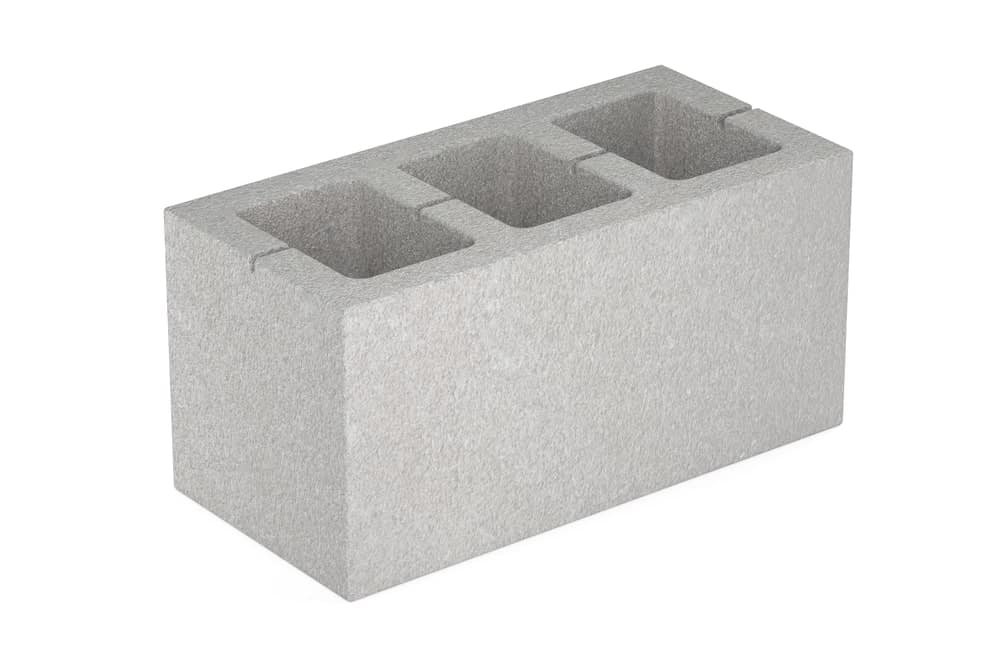
Hollow blocks and concrete solid blocks have become cornerstones of modern construction due to their versatility, durability, and cost-effectiveness. These blocks are widely used in residential, commercial, and industrial building projects. While hollow block are known for their lightweight nature and insulation properties, concrete solid blocks are valued for their strength and stability. This article explores the key features, benefits, types, and applications of both hollow and solid concrete blocks, shedding light on why they are popular choices in the construction industry.
What Are Hollow Blocks and Concrete Solid Blocks?
Hollow blocks are precast concrete units that come in a variety of shapes, sizes, and designs. They are manufactured using a mixture of cement, sand, and aggregates, molded into the desired form. The cavities within the blocks reduce their weight, making them easier to handle and transport. These blocks can also include additives to improve properties such as water resistance and thermal insulation.
On the other hand, concrete solid blocks are solid concrete units with no hollow cavities. They are typically made from cement, sand, and aggregates, providing excellent load-bearing capacity. Solid blocks are used in load-bearing walls and foundations where strength is a primary requirement.
Benefits of Using Hollow Blocks and Concrete Solid Blocks
- Lightweight and Easy to Handle (Hollow Blocks)
Hollow blocks are much lighter than solid blocks due to the hollow cores. This feature makes them easier to work with during construction, reducing labor intensity and speeding up the building process. - Cost-Effective (Hollow Blocks)
Hollow blocks are economical as they require less material than solid blocks. Their larger size compared to bricks reduces the number of units needed for a project, saving on both material and labor costs. - Strength and Durability (Concrete Solid Blocks)
Concrete solid blocks offer superior strength and are often used in structures requiring high load-bearing capacity. They can withstand significant loads and are ideal for foundations, load-bearing walls, and structural applications. - Thermal and Acoustic Insulation (Hollow Blocks)
The air trapped within the hollow cavities of hollow blocks acts as an insulator, improving thermal performance and reducing noise transmission. This makes them ideal for use in homes, offices, and schools. - Fire Resistance (Both Hollow and Solid Blocks)
Both hollow blocks and concrete solid blocks are non-combustible, offering excellent fire resistance. This makes them a safe choice for construction in residential, commercial, and industrial buildings. - Eco-Friendly (Hollow Blocks)
The production of hollow blocks uses fewer raw materials compared to solid blocks, and many manufacturers incorporate recycled materials such as fly ash, reducing environmental impact.
Types of Hollow Blocks and Concrete Solid Blocks
- Concrete Hollow Blocks
These are the most common type, made from a mix of cement, sand, and gravel. They are used in load-bearing walls and structural applications. - Lightweight Hollow Blocks
Manufactured using lightweight aggregates like cinder or pumice, these blocks are ideal for non-load-bearing walls and partitions. - Aerated Hollow Blocks
Made from aerated concrete, these blocks are extremely lightweight and offer excellent thermal insulation. - Concrete Solid Blocks
Concrete solid blocks are made from a dense mixture of cement, sand, and aggregates. They are commonly used for foundations and load-bearing walls due to their superior strength. - Fly Ash Concrete Solid Blocks
These blocks incorporate fly ash, a byproduct of coal combustion, to enhance strength and reduce the environmental impact. They are ideal for sustainable construction practices.
Applications of Hollow Blocks and Concrete Solid Blocks
- Residential Buildings
Hollow blocks are commonly used for partition walls, while concrete solid blocks are used for foundations and load-bearing walls in homes due to their strength and durability. - Commercial Structures
Hollow blocks are used for internal partitions and external non-load-bearing walls, while concrete solid blocks are used in structural walls and foundations in offices, malls, and industrial facilities. - Retaining Walls
The strength of concrete solid blocks makes them ideal for retaining walls, while hollow blocks can also be used in landscaping projects where weight is a consideration. - Boundary Walls
Hollow blocks are a popular choice for constructing boundary walls, offering an economical and aesthetically pleasing solution. Concrete solid blocks, on the other hand, are used for more durable boundary walls where added strength is needed.
Installation Process for Hollow Blocks and Concrete Solid Blocks
The installation process for hollow blocks and concrete solid blocks is quite similar:
- Preparation
The construction site is prepared, and the foundation is laid. Both hollow blocks and solid blocks should be stored in a dry location to prevent moisture absorption. - Mixing Mortar
A mortar mix of cement and sand is prepared to bind the blocks together. - Placement of Blocks
Blocks are placed in rows with mortar applied to the joints. Precision is crucial to ensure stability and alignment. - Curing
After construction, the structure is cured with water to enhance the strength and durability of the mortar.
Conclusion
Hollow blocks and concrete solid block have revolutionized construction by offering a durable, versatile, and cost-effective solution for various building needs. Hollow blocks provide lightweight options with excellent insulation properties, while concrete solid blocks offer strength and stability for load-bearing applications. Both types of blocks are integral in modern construction, with each serving its unique purpose based on the requirements of the project. By embracing these innovative building materials, we move towards more economical and environmentally conscious construction practices.








